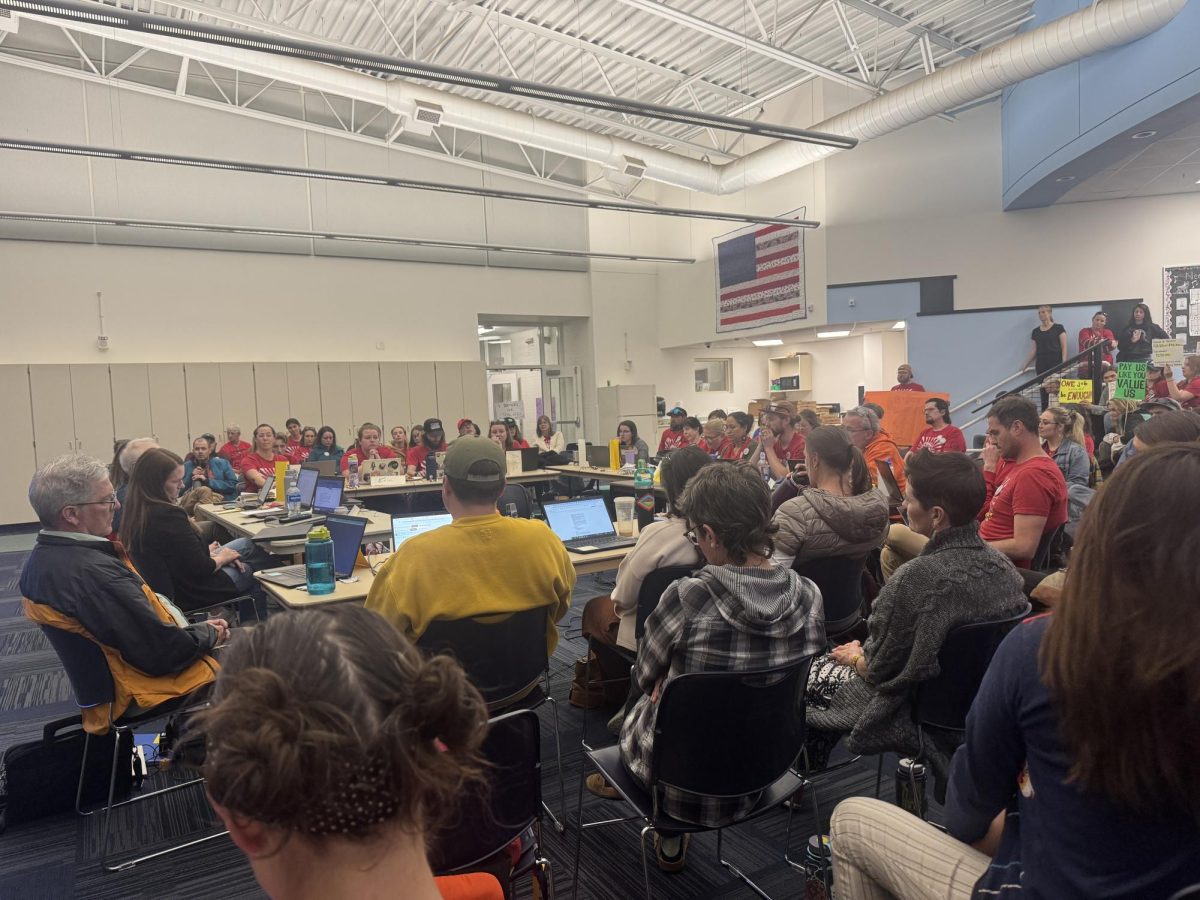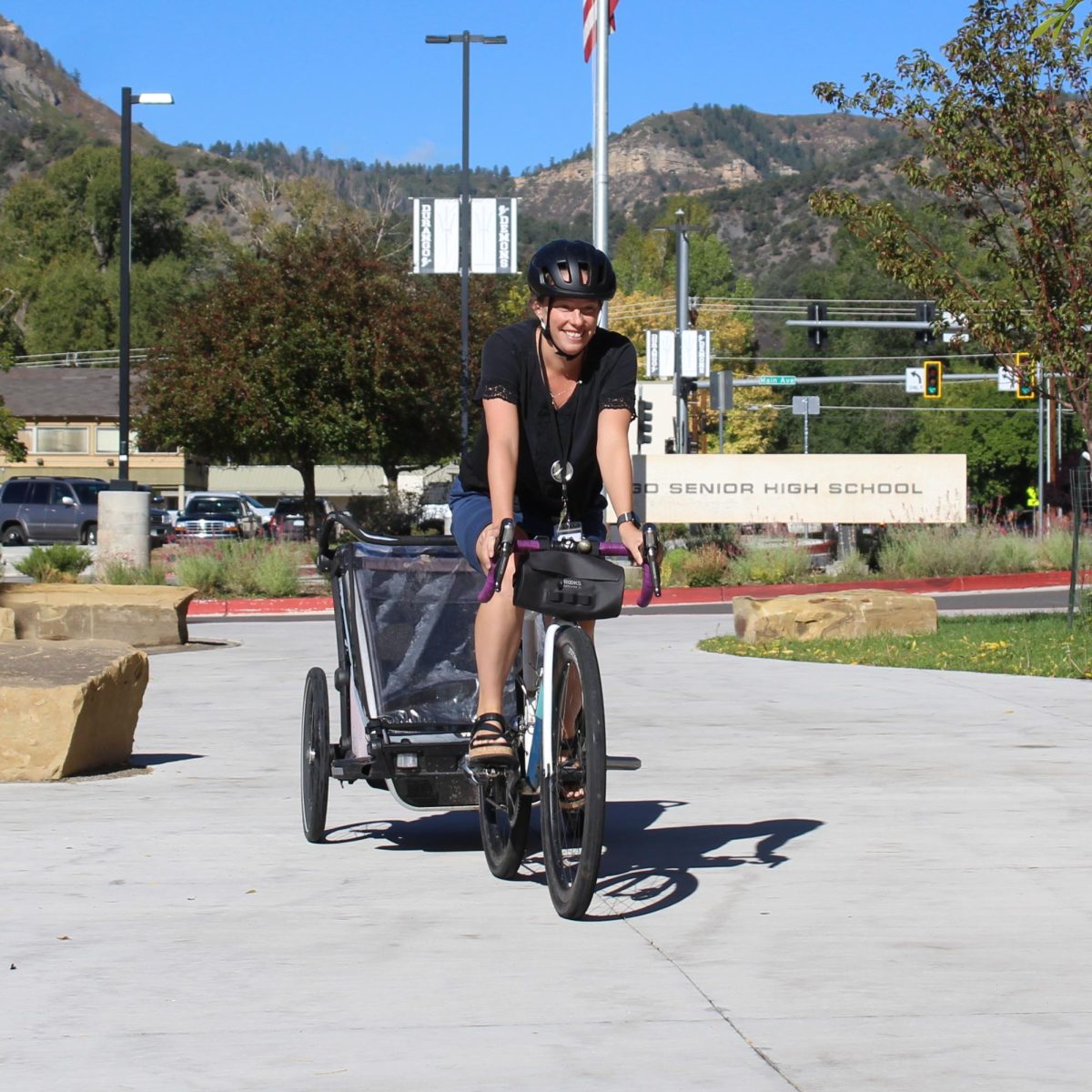Across the US, prices for everything – from groceries and healthcare to houses and bills – are steadily going up. In Durango, the average house price increased by 19% for in-town housing from 2023 to 2024, according to the Durango Herald, and has steadily been climbing over the past few years.
It’s part of the reason why, in the past few weeks, unions Durango Education Association (DEA) and the Durango Education Support Professionals Association (DESPA) have been trying to get a 15% cost of living increase.
The DEA and DESPA, representing Durango’s teachers and support professionals, which include custodians, bus drivers, and administrative assistants, held three days of negotiations with the school district on the 1st, 2nd, and 5th of May, 2025.
At the end of negotiations, the district offered a 1% increase. With the raise not meeting the union’s revised request for a 5% increase, a mediator has taken over to help both sides reach an agreement.
According to DHS teacher and DEA negotiator Laura Haley, teachers can’t afford to live and work in Durango anymore, due to the higher prices for rent and housing, among many other aspects.
“Durango is expensive. The cost of housing is really high here,” said Erin Carlson, a custodian at DHS and negotiator for DESPA. She later added that a lot of support professionals are “feeling the squeeze,” in regards to financial stability in Durango.

The reasons behind the school district’s decision not to accept the union’s terms comes down to numbers. According to Laura Galido, Executive Director of Human Capital for the school district and part of their negotiations team, a 5% raise would cost the school district almost $3.7 million per year, while a 15% increase would cost the school district almost $8.75 million each year.
Either option would require money be taken from the unassigned funds budget, savings account, or district reserve. All of these choices would require the Board of Education to authorize this spending, or change the Board Reserve limit, which is currently set at 15% and has about $6 million dollars.
“There is not enough unassigned fund balance to cover the request for a 15% raise in addition to movement on the salary schedule for even one year. The request for a 5% raise in addition to movement on the salary schedule would deplete the majority of that six million dollars in one year and there is not enough to maintain the recurring cost the subsequent year,” said Galido in an email to El Diablo News.
In addition to the 1% raise, unions were also presented with a shift in contract hours, cutting them down by two days. However, the planning time was adjusted to 25% personal plan, 75% professional development, a change from the 50/50 system currently in place.
Haley said that this is “unknown territory,” as it is the first time in 14 years that the two parties have not been able to come to an agreement.
While staff may be the ones most affected by the negotiations, it eventually affects students across the district.
A raise would, most importantly, “free up a lot of people’s head space, (because) when you’re worried about bills, when you’re stressed about being able to afford groceries, you’re less good at your job, and you have less capacity to put into your work,” said Carlson. “When we have more of that capacity, we can do our jobs even better.”
The support staff are often crucial to keep things running smoothly and do much of the background work that keeps buildings clean, the buses running, and meetings scheduled.
Haley says that if teachers can’t afford to live here and have to quit their jobs, it increases the turnover for teachers, “disrupting the continuity” for many in the schools. She added that teachers get better the longer they teach, but an increase in turnover means they often leave before they get really good, often after 5-7 years of teaching.
Despite the frustrations of many teachers and support professionals in the district, “administrators and members of the Board of Education have expressed concerns about spending too far into savings when the future of school funding in Colorado remains uncertain, and at a time when we are experiencing inflation, declining student enrollment, as well as an unstable fiscal environment in the U.S.” said Galido.
“We want to ensure the raise we come to agreement on is sustainable such that it can be honored over time,” she added.
The negotiations are scheduled to further continue in early June in order for both parties to reach an agreement.








